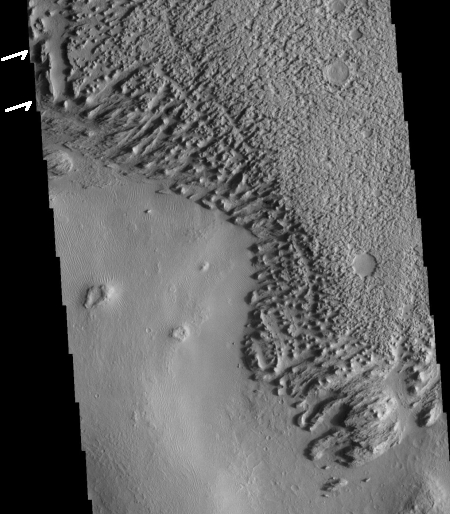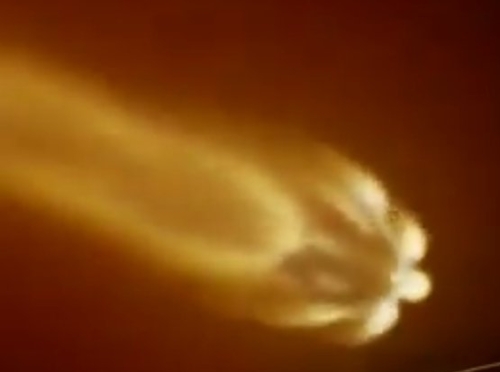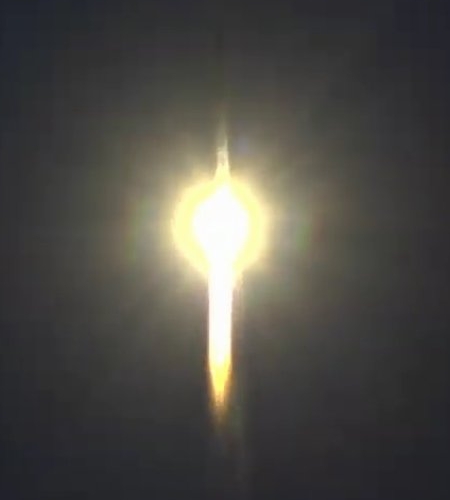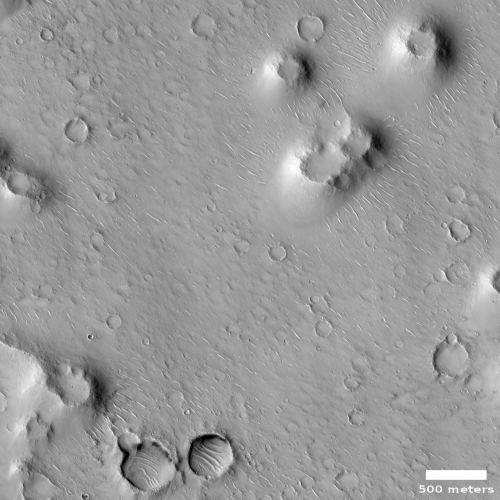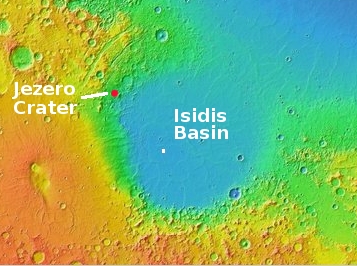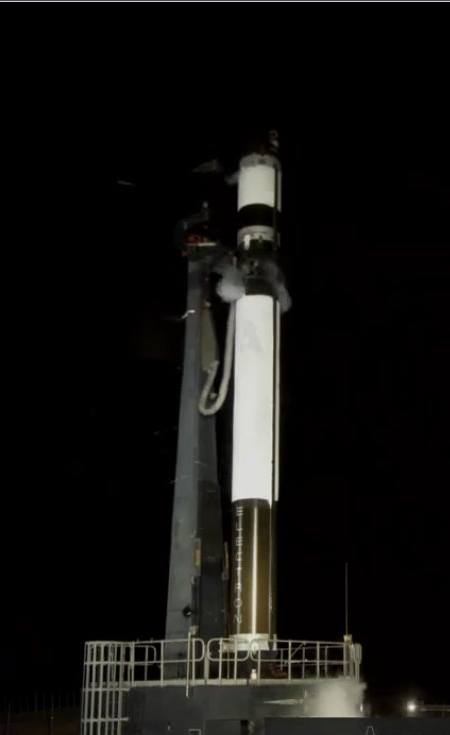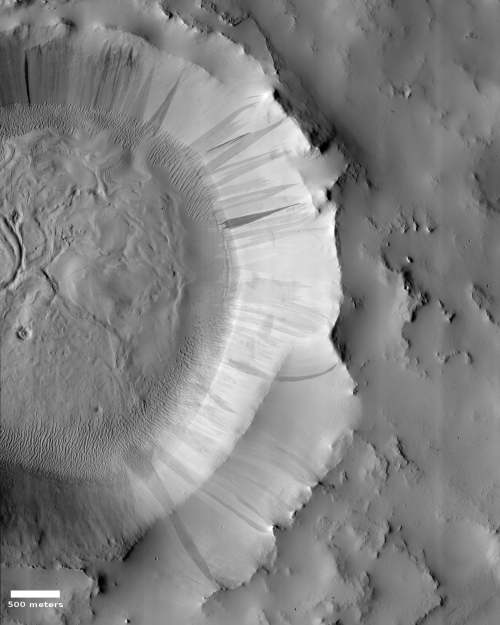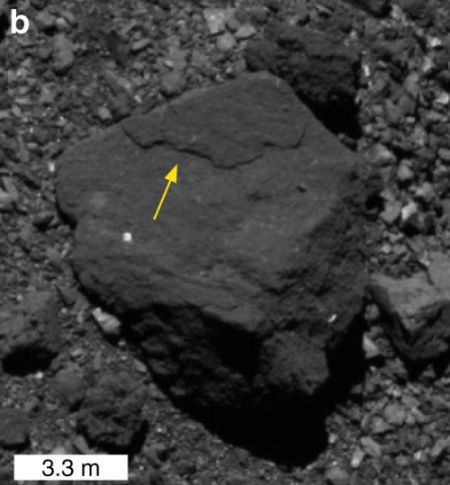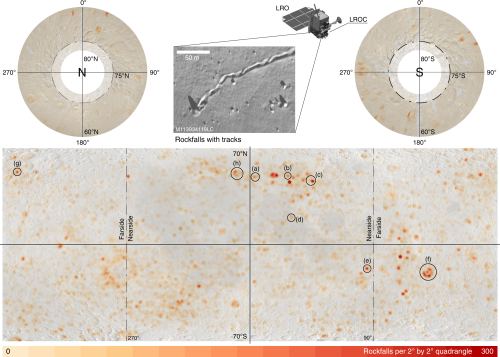Capitalism in space: Three different news stories today about SpaceX point out strongly the direction in which the company is heading, both in its design focus and in where it will be doing it.
First, SpaceX has informed the Port of Los Angeles that it is now definitely abandoning all plans to establish a Starship manufacturing facility there.
The company made this announcement on March 27th, which means it is not directly related to the tiff that Musk had with Alameda County officials about keeping his Tesla factory open during the California Wuhan panic lock down, which occurred in early May. Nonetheless, this decision, combined with Musk’s May 9th statement that he was going to move Tesla from California, suggests strongly that he and SpaceX is losing patience with California politics, and is likely to increasingly minimize the presence of Musk’s companies there.
This also means that the company will be expanding its Starship operations in both Texas and Florida.
In a second related story, it appears that — with the success of the first manned Dragon mission — Musk now wants SpaceX to shift its development focus entirely to Starship. Prior to that successful Dragon launch, NASA had made it clear that it did not want the company distracted by Starship, and instead stay focused on fixing any issue that might delay Dragon. As NASA is SpaceX’s biggest customer, the company was obliged to comply.
With the Dragon success however SpaceX has completed the job, so Musk now feels free to shift the company’s development teams over to Starship. And NASA is even helping him do this (today’s third SpaceX story) by agreeing at last to permit the company to use reused Falcon 9 rockets and Dragon capsules for future manned missions.
In a wholly unexpected turn of events, a modification to SpaceX’s ~$3.1 billion NASA Commercial Crew Program (CCP) contract was spotted on June 3rd. Without leaving much room for interpretation, the contract tweak states that SpaceX is now “[allowed to reuse] the Falcon 9 launch vehicle and Crew Dragon spacecraft beginning with” its second operational astronaut launch, known as Post Certification Mission-2 (PCM-2) or Crew-2.
NASA in the past was very slow to accept the use of reused capsules and rockets. It now appears they have abandoned this reluctance entirely, so much so that we could even see American astronauts flying into space on a reused rocket and in a reused capsule before the end of the year.
I want to pause to let this fact sink in. SpaceX has turned what what was considered only a few years ago as an absurd, dangerous, and wholly insane idea into the only and right way to do things.
This big endorsement of reusability by NASA also means that the agency is now willing to let SpaceX make its shift to Starship, since refurbishing rockets and capsules does not take the manpower as building new equipment.
Expect the action in Boca Chica to ramp up quite spectacularly this summer.

